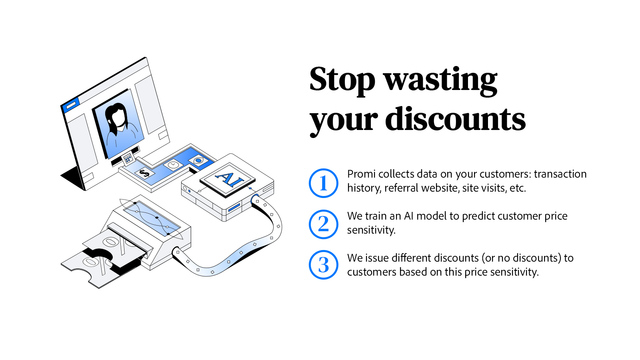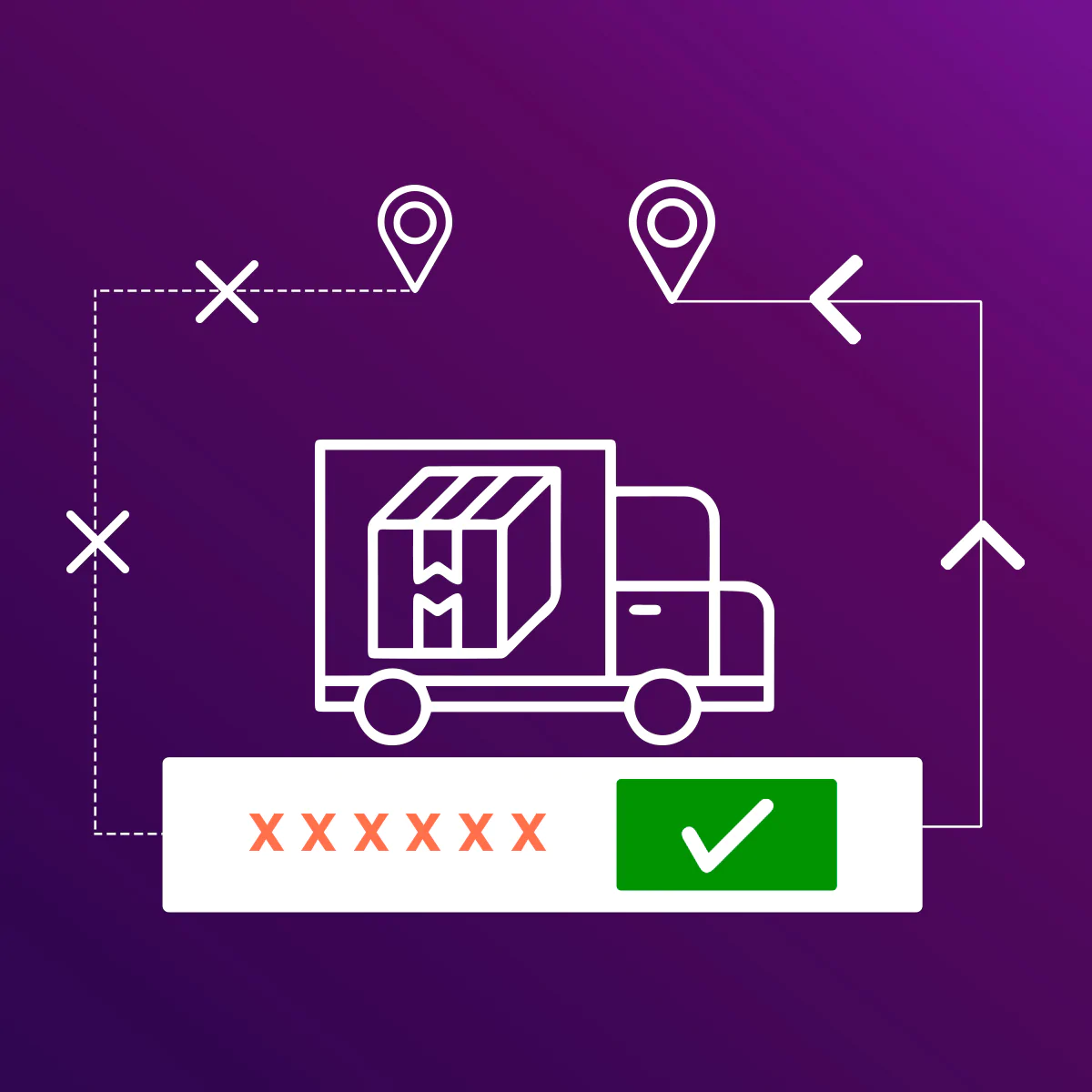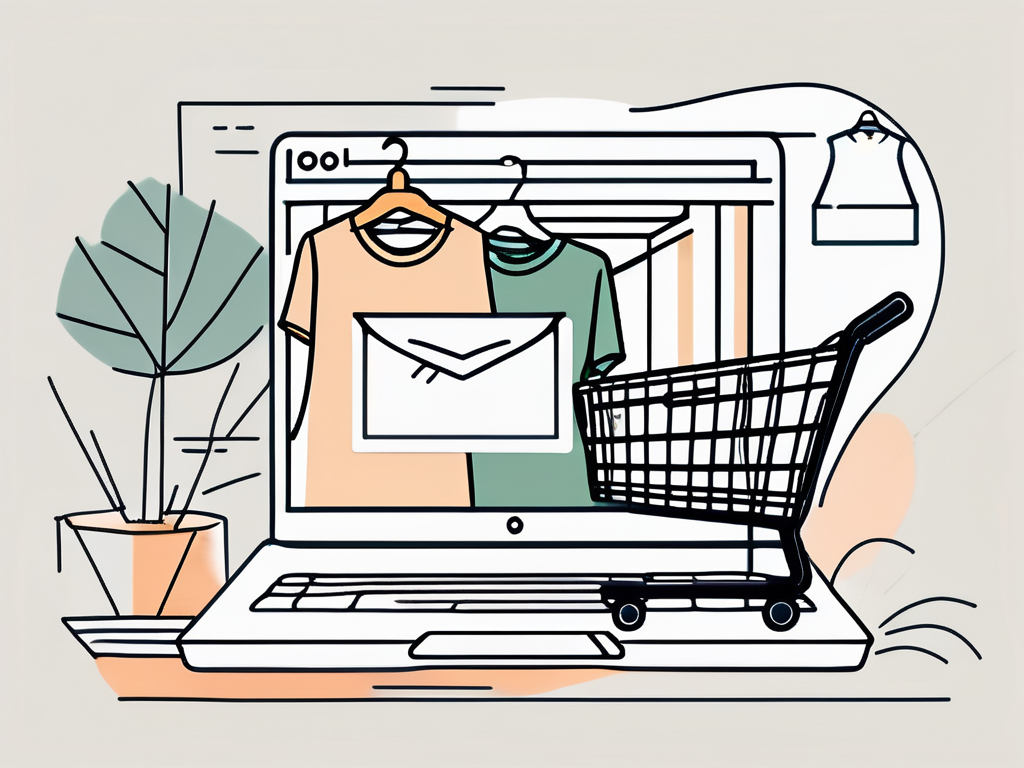Starting an online store can be an exciting and lucrative venture. With the right platform, you can reach customers from around the world and sell your products or services with ease. One popular platform for creating your online store is Shopify. In this step-by-step guide, we will take you through the process of starting your Shopify store, from understanding the platform to promoting your store effectively. So, let's dive in and explore the world of Shopify!
Understanding Shopify and Its Benefits
Before you start building your online store, it's important to understand what Shopify is and why it's a great choice for your business. Shopify is a complete ecommerce platform that allows you to set up and run your online store. It provides all the tools and features you need to manage your products, process payments, and handle shipping. With Shopify, you don't need any technical skills or coding knowledge to create a professional-looking store.
Shopify is not only a platform for creating online stores but also a robust ecosystem that offers a wide range of apps and integrations to enhance the functionality of your store. These apps can help you with marketing, customer service, analytics, and more, allowing you to tailor your store to meet your specific needs and goals.
What is Shopify?
Shopify is a cloud-based platform that hosts your online store and takes care of all the technical aspects, such as security and server maintenance. It offers a user-friendly interface that allows you to easily customize your store's design, add products, and manage inventory.
Moreover, Shopify provides seamless integration with various payment gateways, making it easy for you to accept payments from customers around the world. Whether you prefer using popular gateways like PayPal or Stripe, or regional ones to cater to specific markets, Shopify has you covered.
Why Choose Shopify for Your Online Store?
There are several reasons why Shopify is a popular choice among entrepreneurs and small business owners. First and foremost, it offers a wide range of professionally designed themes, giving your store a polished and professional look without the need for hiring a designer. Additionally, Shopify provides excellent customer support and handles all the technical details, allowing you to focus on growing your business.
Furthermore, Shopify offers powerful SEO tools to help your store rank higher in search engine results, increasing your visibility and driving more organic traffic to your site. This can be crucial for attracting new customers and growing your online presence in a competitive market.
Preparing to Launch Your Shopify Store
Before you start setting up your Shopify store, it's important to take some time to plan and prepare. This will help ensure that you have a clear understanding of your target market, products or services, and store design. Let's explore these aspects in more detail!
Launching a successful Shopify store involves a combination of strategic planning and thoughtful execution. By delving deeper into each stage of the process, you can set yourself up for long-term success and growth in the competitive e-commerce landscape.
Identifying Your Target Market
Understanding your target market is essential for the success of your Shopify store. Take the time to research your potential customers - their demographics, interests, and buying habits. This valuable insight will not only guide your product offerings but also shape your marketing strategies to effectively reach and engage with your audience.
Moreover, conducting surveys or focus groups can provide direct feedback from your target market, helping you refine your brand positioning and tailor your messaging to resonate with their preferences and pain points.
Selecting Your Products or Services
Choosing the right products or services to sell on your Shopify store is crucial. Consider your target market, competition, and profit margins when making your selection. It's also important to source high-quality products and offer a diverse range to attract a wider customer base.
Furthermore, conducting a competitive analysis can offer valuable insights into market trends, pricing strategies, and gaps in the current offerings. By identifying unique selling points and areas for differentiation, you can carve out a niche for your store and stand out in a crowded marketplace.
Planning Your Store Design
The design of your Shopify store plays a vital role in attracting and engaging customers. Start by selecting a theme that aligns with your brand and appeals to your target market. Customize the theme to match your visual identity, add your logo, and optimize the layout for easy navigation. Remember, a well-designed store will instill confidence in your customers and increase sales.
Additionally, optimizing your store for mobile responsiveness is crucial in today's digital landscape, where a significant portion of online shopping is done on smartphones and tablets. By ensuring a seamless and user-friendly experience across all devices, you can enhance customer satisfaction and drive conversions.
Setting Up Your Shopify Account
Now that you have a clear plan in place, it's time to create your Shopify account and get your store up and running. Here's what you need to do:
Setting up a Shopify account is the first step towards establishing your online store and reaching customers worldwide. The process is straightforward and user-friendly, ensuring that even beginners can navigate it with ease.
Creating Your Shopify Account
Go to the Shopify website and click on the "Get Started" button. Follow the prompts to sign up for an account by providing your email address, password, and store name. Ensure that your store name reflects your brand identity and is easy for customers to remember. Once you complete this step, you'll have access to your Shopify dashboard, where you can start customizing your store's appearance and adding products.
Upon creating your Shopify account, you will be prompted to enter some basic information about your business, such as your address and contact details. This information is crucial for setting up payment gateways and shipping options later on. It's essential to provide accurate information to ensure smooth transactions and reliable communication with your customers.
Choosing the Right Shopify Plan
Shopify offers different pricing plans to suit businesses of all sizes. Consider your budget, expected sales volume, and desired features when selecting a plan. The basic plan provides essential features for new businesses, while advanced plans offer additional tools for scaling your operations and maximizing sales.
Before choosing a plan, take the time to explore the features and limitations of each option. Consider factors such as transaction fees, access to advanced analytics, and customer support availability. Remember, you can always upgrade your plan as your business grows, allowing you to unlock more features and capabilities to enhance your online store.
Customizing Your Shopify Store
Now that you have your Shopify account set up, it's time to customize your store to make it unique and visually appealing. Let's explore the key aspects of customization!
Customizing your Shopify store goes beyond just selecting a theme and adding products. It's about creating an immersive online shopping experience for your customers. Think about how you can incorporate your brand's story and values into the design and content of your store. Consider adding custom graphics, videos, or interactive elements to engage visitors and leave a lasting impression.
Choosing a Theme for Your Store
Shopify provides a wide range of themes for you to choose from. Browse through the available options and select a theme that aligns with your brand and target market. Consider the layout, color scheme, and overall aesthetics of the theme.
When choosing a theme, think about the user experience and functionality. Look for themes that are mobile-responsive, easy to navigate, and optimized for conversions. Remember, your theme sets the tone for your store, so choose one that reflects the essence of your brand and appeals to your target audience.
Adding Products to Your Store
With your theme selected, it's time to start adding products to your store. Create product listings by filling in relevant details such as the title, description, price, and images. Optimize your product descriptions with relevant keywords to improve visibility in search engine results.
When adding products, think about how you can showcase them in the best light. Consider using high-quality images, detailed descriptions, and customer reviews to build trust and encourage conversions. Organize your products into categories and collections to make it easy for customers to browse and find what they're looking for.
Setting Up Payment and Shipping Options
Configuring the payment and shipping options on your Shopify store is crucial for a seamless customer experience. Set up a payment gateway to accept credit card payments and consider adding alternative payment methods like PayPal. Additionally, choose a reliable shipping provider and determine your shipping rates and policies.
Offering multiple payment options can help increase conversion rates and cater to a wider range of customers. Consider offering free shipping promotions or setting up a loyalty program to incentivize repeat purchases. Remember, providing transparent and flexible payment and shipping options can help build trust and loyalty with your customers.
Promoting Your Shopify Store
Once your Shopify store is up and running, it's time to attract customers and generate sales. Here are some effective strategies to promote your store:
SEO Strategies for Your Shopify Store
Search Engine Optimization (SEO) is crucial for improving your store's visibility in search engine results. Optimize your product descriptions, titles, and meta tags with relevant keywords. Generate high-quality backlinks and regularly update your store's content to enhance its SEO performance.
Utilizing Social Media for Store Promotion
Social media platforms, such as Facebook, Instagram, and Twitter, offer excellent opportunities to reach and engage with your target audience. Create compelling content, run targeted ads, and interact with your followers to build brand awareness and drive traffic to your Shopify store.
Starting a Shopify store may seem daunting at first, but with the right guidance and a clear plan, you can create a successful online business. Follow the step-by-step guide outlined in this article, and remember to continuously adapt and optimize your store based on customer feedback and market trends. Good luck with your Shopify journey!
Ready to elevate your Shopify store to the next level? Let Owlfred, your wise and friendly owl companion from OwlMix, guide you through a curated directory of innovative Shopify apps. Whether you're focused on marketing, inventory management, or enhancing your store's design, OwlMix has categorized a plethora of apps to streamline your operations and boost your sales. With Owlfred's engaging summaries and recommendations, you're sure to find the perfect app tailored to your needs. Don't miss out on optimizing your online business. Find your next Shopify app today and watch your e-commerce success take flight!

















